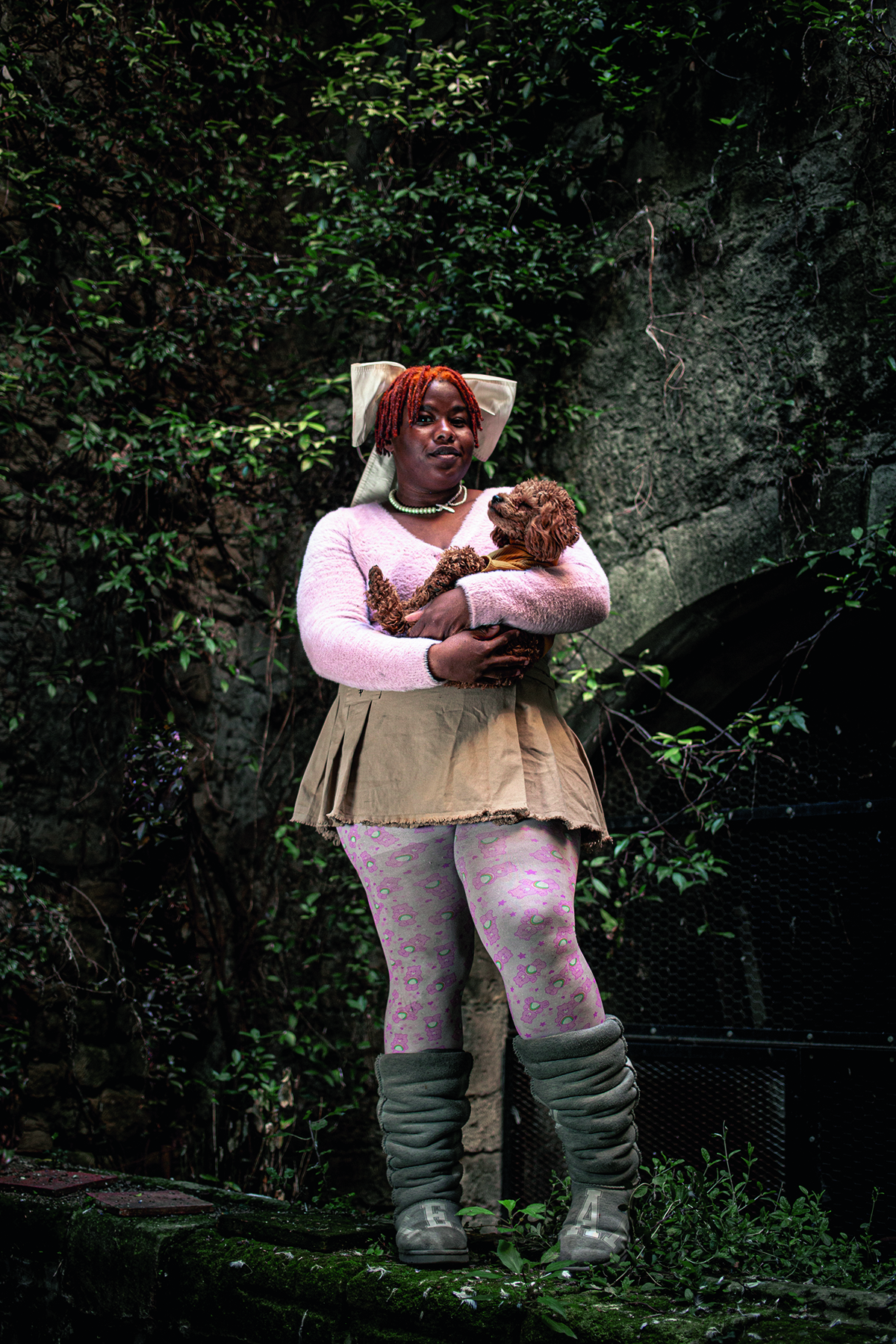
Precious Okoyomon and Gravity
LUX catches up with the New York-based Nigerian-American artist whose immersive installations portray the glorious chaos of nature – and its imperilment by the human race
1. You have been labelled as chef, artist, poet…
I think of myself as a poet. Everything else comes from there. Poetry is where I first found myself – in and within myself – and made something of it. Now, all the other things that I do, whether they want to or not, have to take the forms of poems. Everything is just a sort of non-stop poem at this point.
2. Where does your creative process begin?
Most things that I do start with reading. If not there, they come from just being in the world.
3. Do words ever fail you?
Everyday language fails and then we find each other sitting in the cracks of everything, trying to fall into the blur.
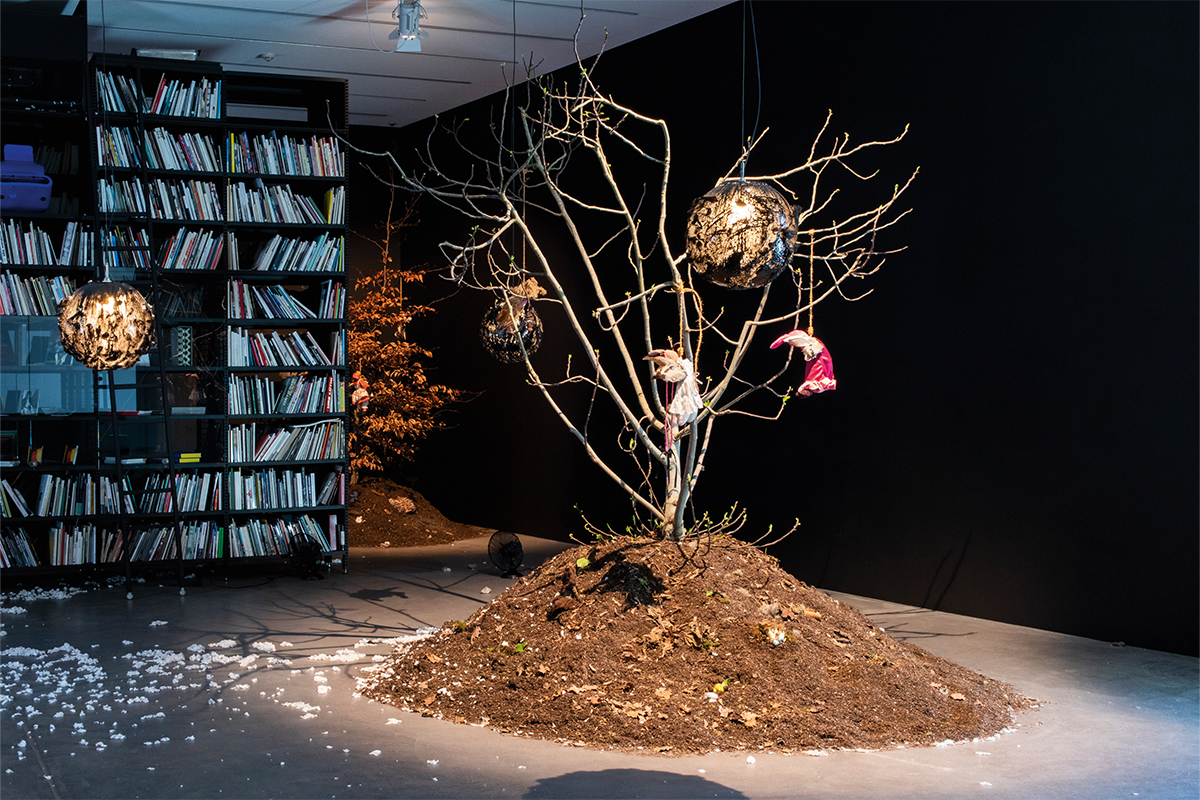
Okoyomon’s first solo show at the Luma Westbau, Zürich, in 2019
4. Can artificial intelligence create real art?
I’m not sure what real art is. If I did, none of this would be any fun.
Follow LUX on Instagram: luxthemagazine
5. Why does the kudzu plant appear so frequently in your work?
I love the vine. It’s been so special to have this extended collaboration with it over these past years. Some of the laws about cultivating it in the US actually made it very difficult to start working with kudzu. But now I know how to get around all of that and I feel like we have developed a real fluency with each other.
6. If you could switch off the internet forever, would you?
Definitely not. The internet is a part of me and you, and everything we touch. Please, no, never turn it off.
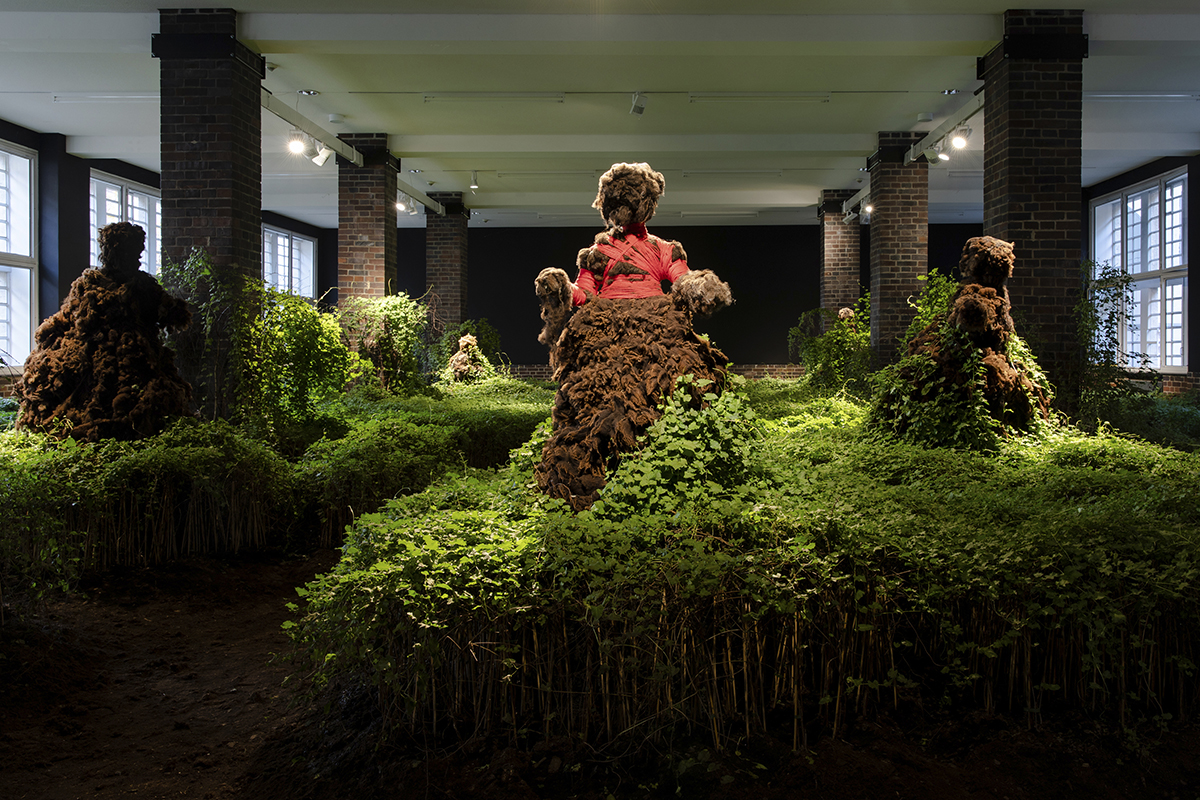
In ‘To See the Earth before the End of the World’ (2022), Okoyomon’s sculptures are set against a field of wild kudzu
7. What is your phobia?
I’m afraid of a lot of things, but I would never tell you what. You have to be careful with fear.
8. What talent would you like to have, that you lack?
I take ballet lessons, but I’m not any good at it. I wish I could do a fouetté.
9. Of all the cities you have lived in, which do you prefer?
Well, I love Paris. I love Arles even more, but I’ve never lived there. In short moments, I get the joy of getting to rest and make work in this special city, but maybe one day…
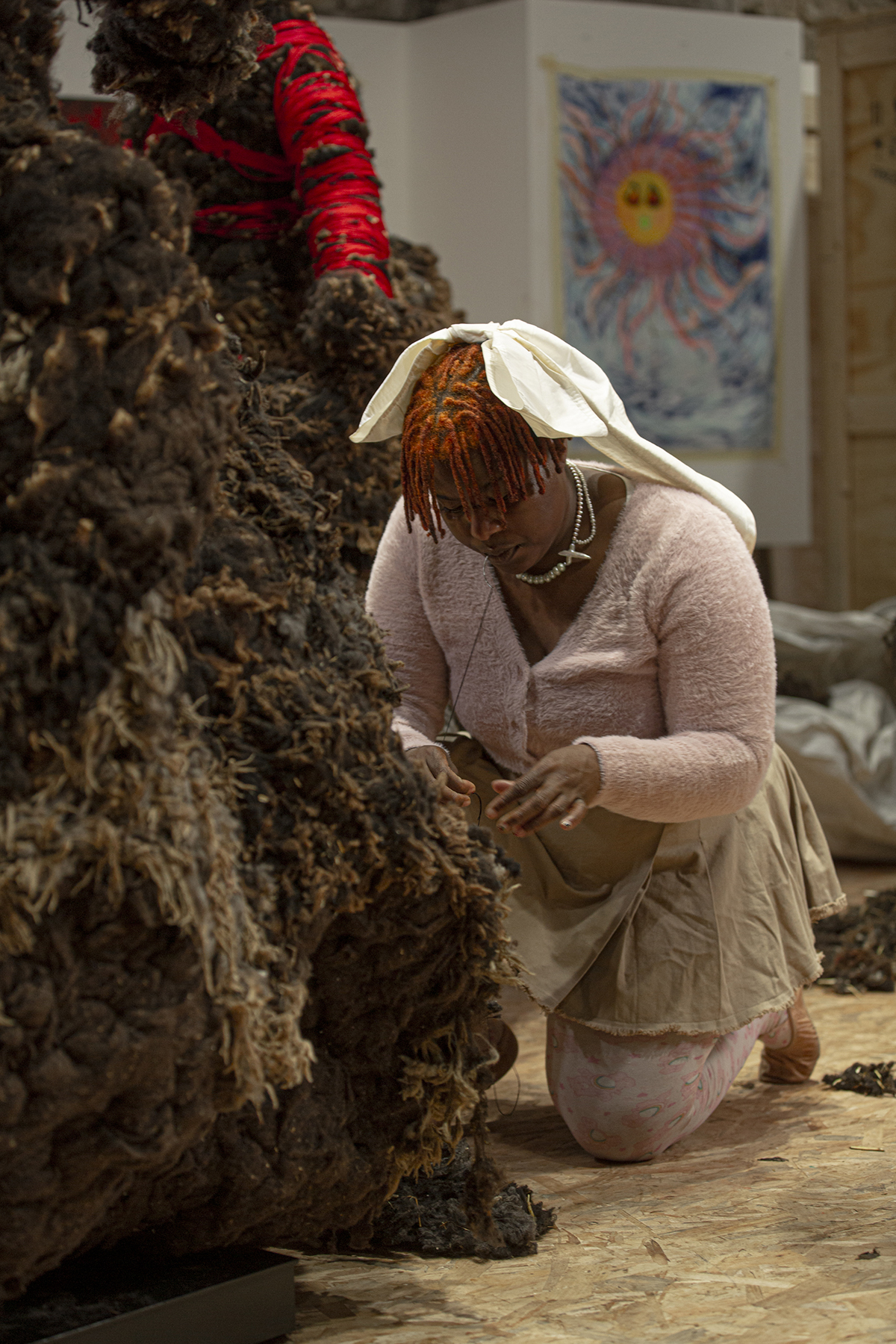
Okoyomon is the recipient of the 2021 CHANEL Next Prize
10. Who or what do you love right now?
Always my mother, my dog, Gravity, and [the Japanese figure skater] Yuzuru Hanyu.
11. Who or what do you hate right now?
I don’t like that question.
12. How will the Chanel Next Prize affect you?
I’m so grateful for the space it has afforded me to think without having to be afraid – and to just get to dream and play. I’m not sure how it will change the way I make things yet, but I’m so excited to get this rare chance to just explore. I really can’t imagine anything more magical.
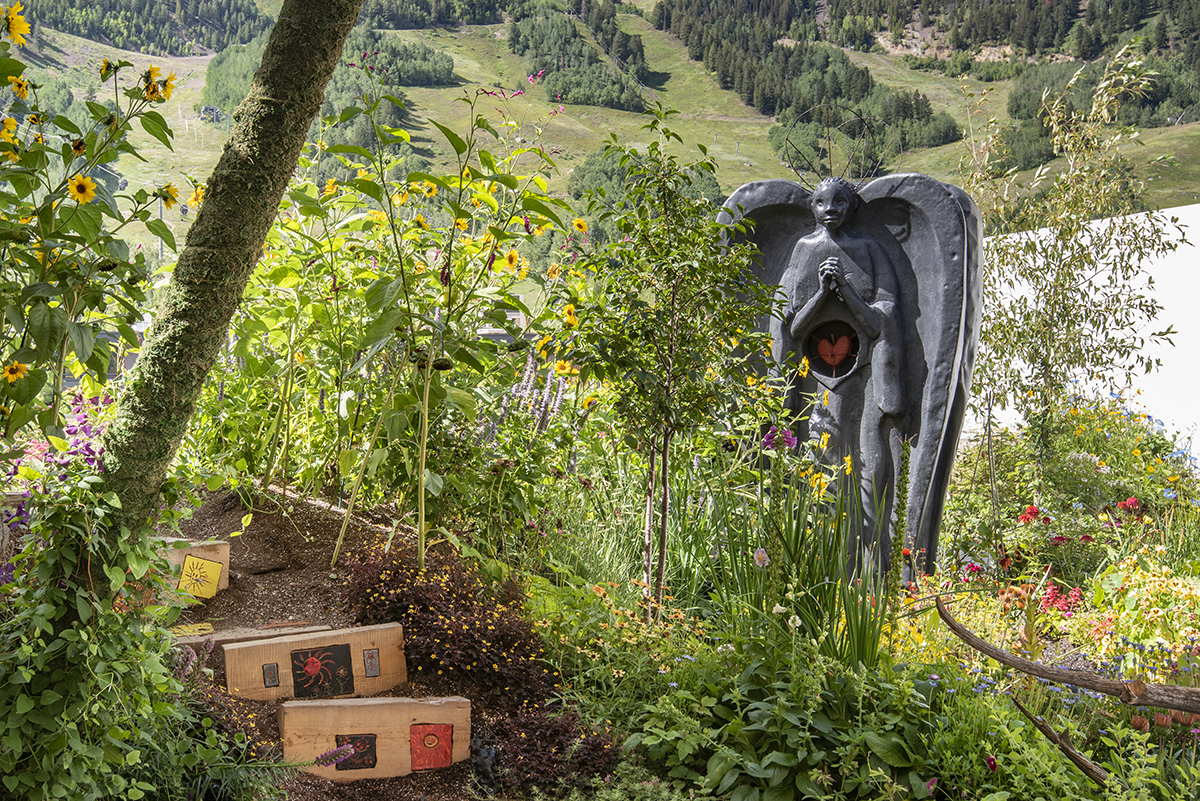
Okoyomon’s installation, ‘Every Earthly Morning the Sky’s Light touches Ur Life is Unprecedented in its Beauty’ (2021-22), at Aspen Art Museum
13. Louvre or Pompidou?
14. St Tropez or Hackney Wick?
Neither.
Read more: Marina Abramović: The Artist As Survivalist
15. Have you bought an NFT?
No.
16. What’s your favourite building?
The Hayden Planetarium [in New York].
Precious Okoyomon was recently awarded the Chanel Next Prize and won the 2021 Frieze Artist Award
This article appears in the Summer 2022 issue of LUX

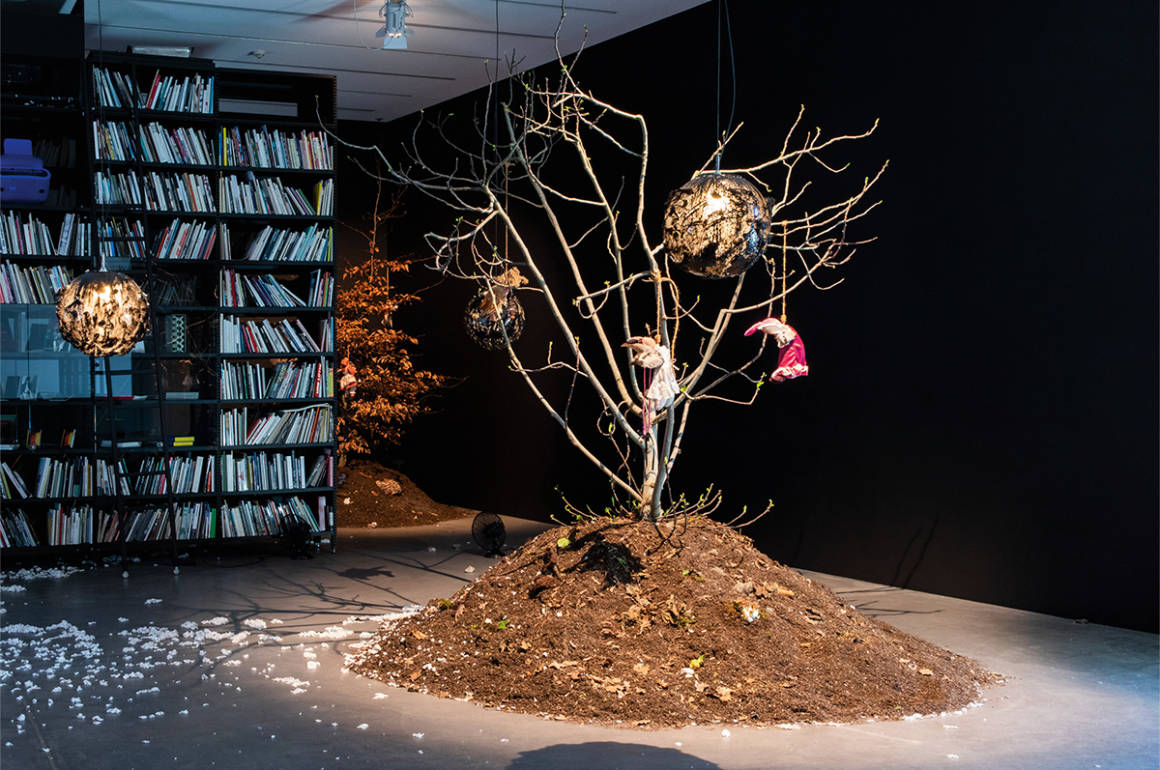
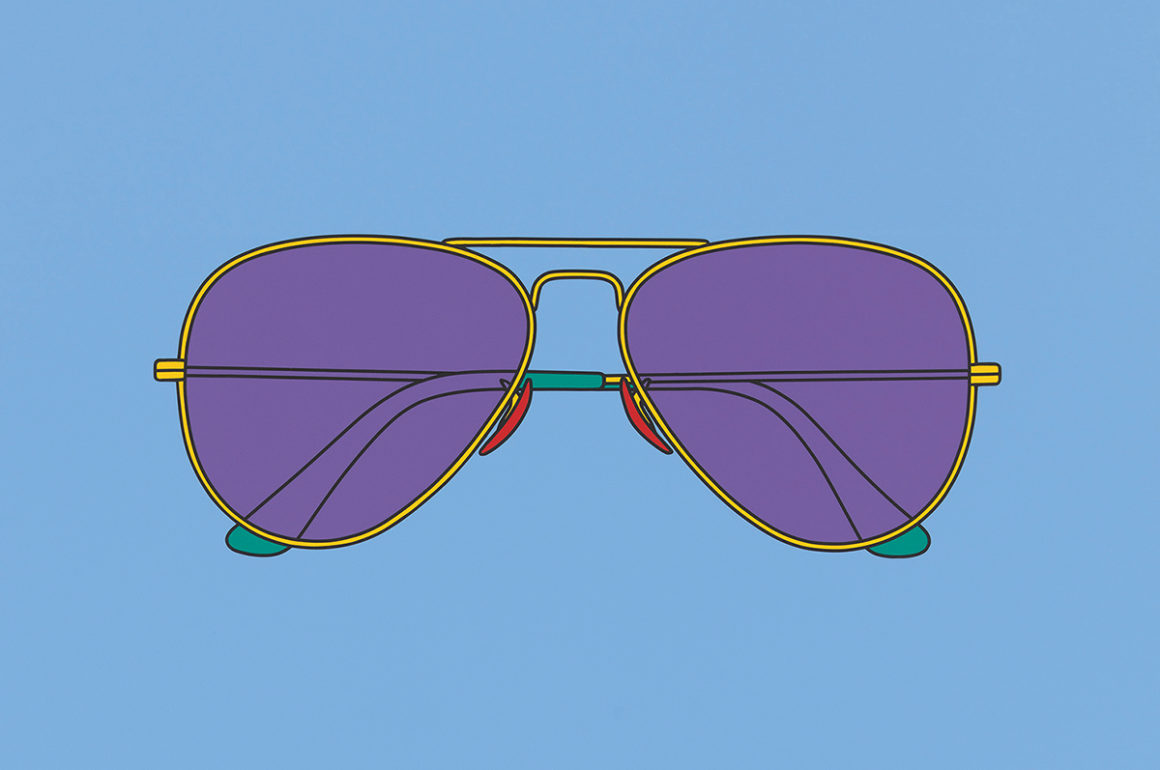
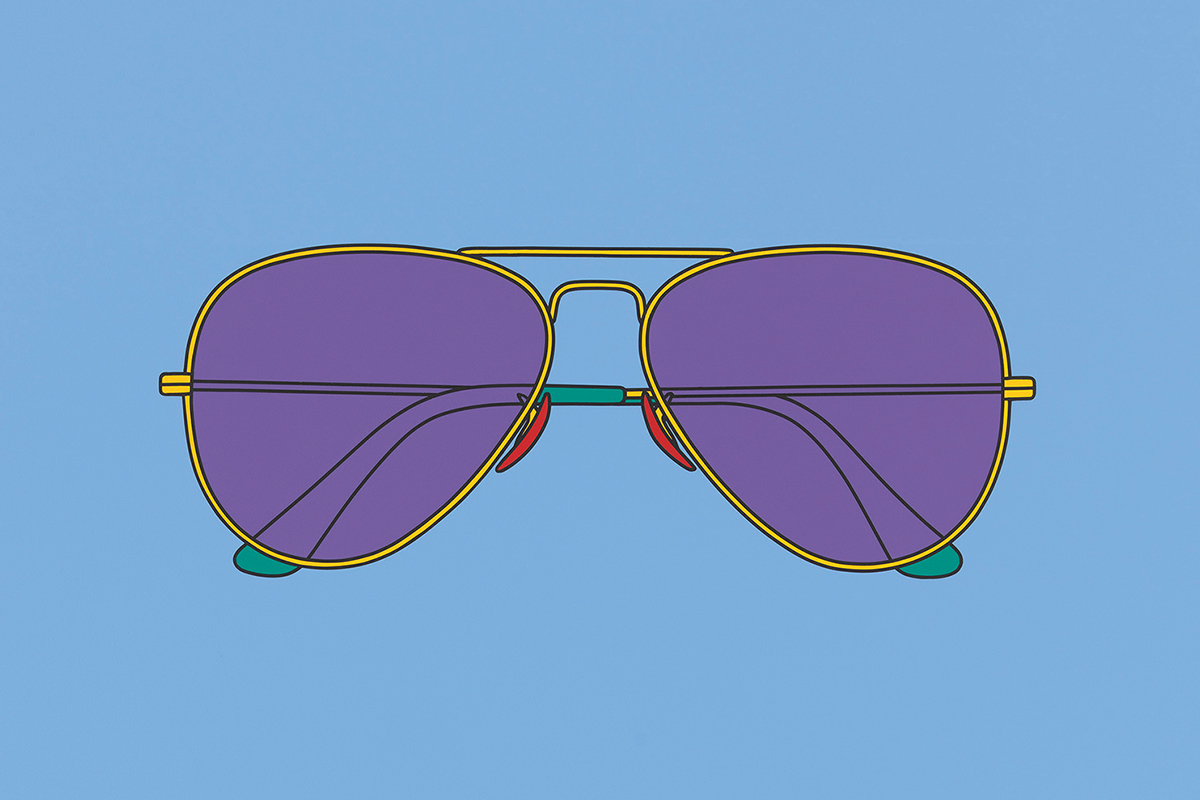
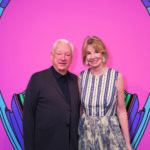 In the mid 1960s, Michael Craig Martin emerged as a key figure in early British conceptual art, later becoming the teacher of many of the YBAs such as Damien Hirst and Sarah Lucas. Today, he is one of the world’s most prominent artists, known for his brightly coloured paintings and sculptures of everyday objects. Millie Walton speaks with him about colour, style and listening to his own advice
In the mid 1960s, Michael Craig Martin emerged as a key figure in early British conceptual art, later becoming the teacher of many of the YBAs such as Damien Hirst and Sarah Lucas. Today, he is one of the world’s most prominent artists, known for his brightly coloured paintings and sculptures of everyday objects. Millie Walton speaks with him about colour, style and listening to his own advice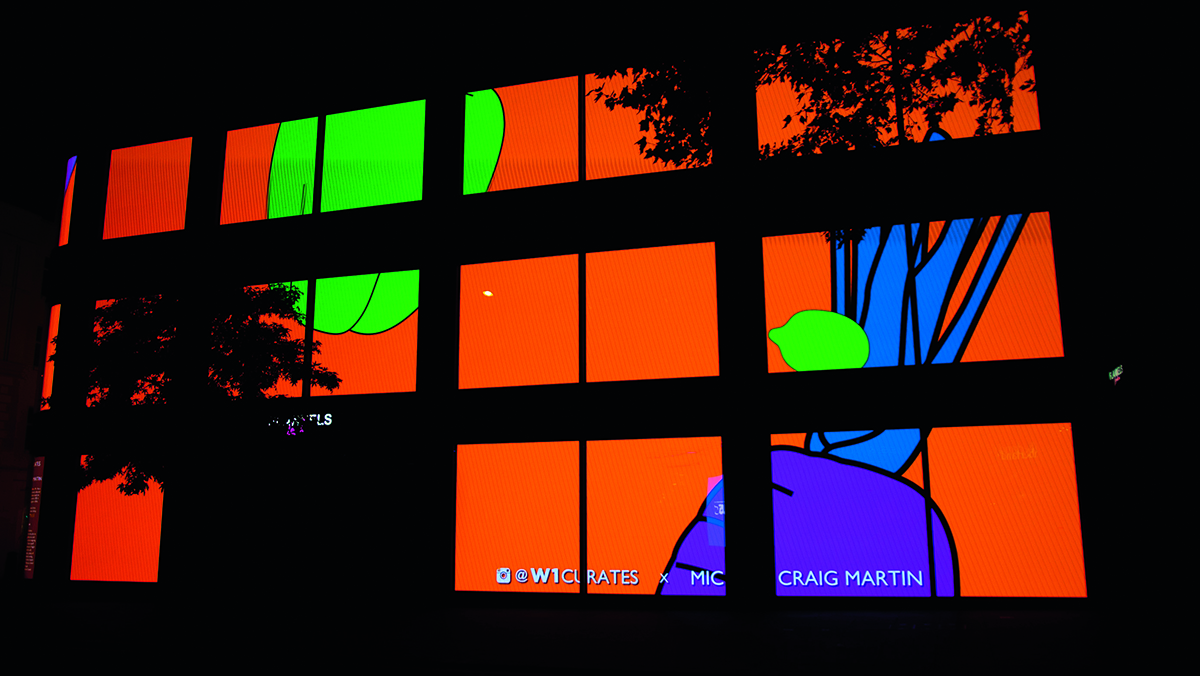
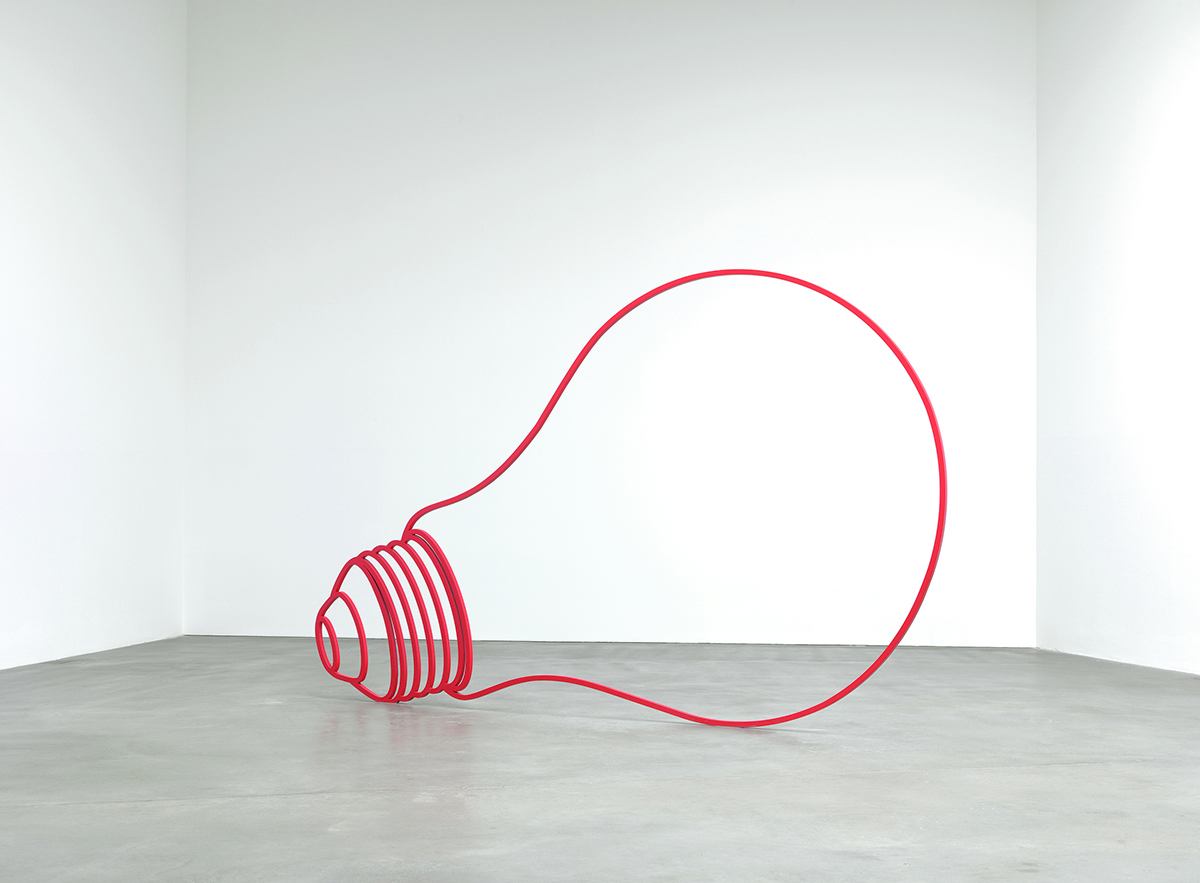





Recent Comments